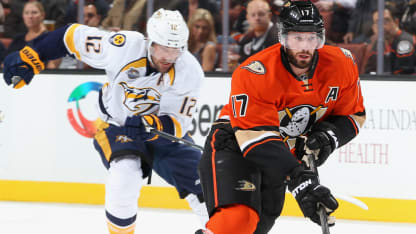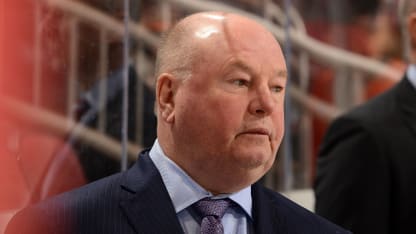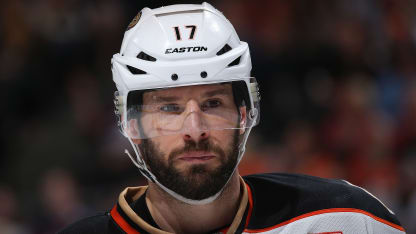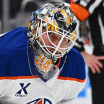The Anaheim Ducks may be wondering when they will receive their reward for finishing first in the Pacific Division and second in the Western Conference.
The Ducks, by virtue of their success, draw the first wild card in the Western Conference, the Nashville Predators, to start what they hope is a long run in the 2016 Stanley Cup Playoffs. They avoided their two California rivals, the San Jose Sharks and the Los Angeles, for at least one round.
Predators vs. Ducks First Round series preview
Anaheim aims for another long playoff run after trip to West Final last year

© Debora Robinson/Getty Images

© Michael Martin/Getty Images

© Andy Devlin/Getty Images

© Norm Hall/Getty Images

© Bruce Kluckhohn/Getty Images

© Doug Pensinger/Getty Images

© Patrick McDermott/Getty Images

















